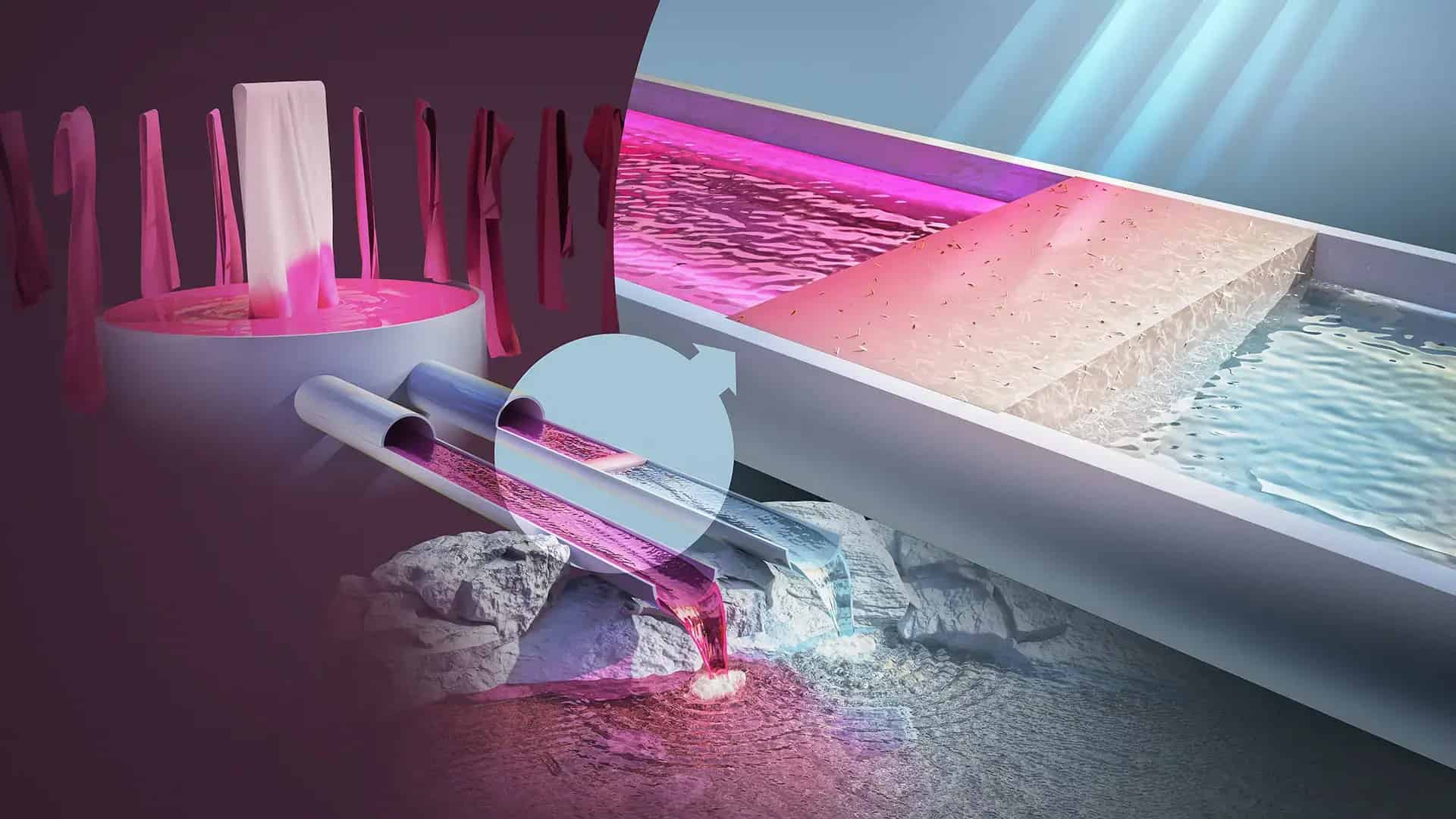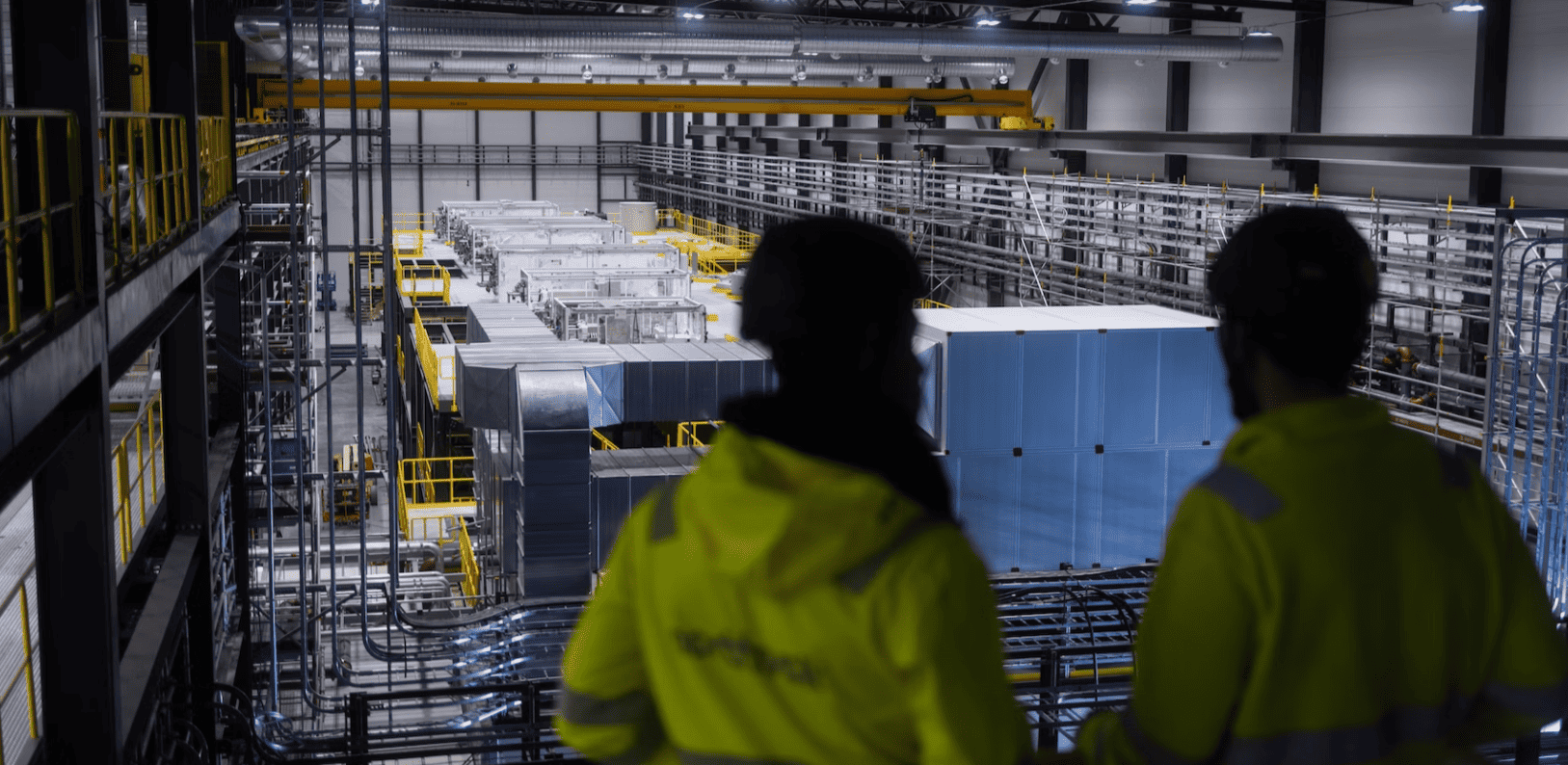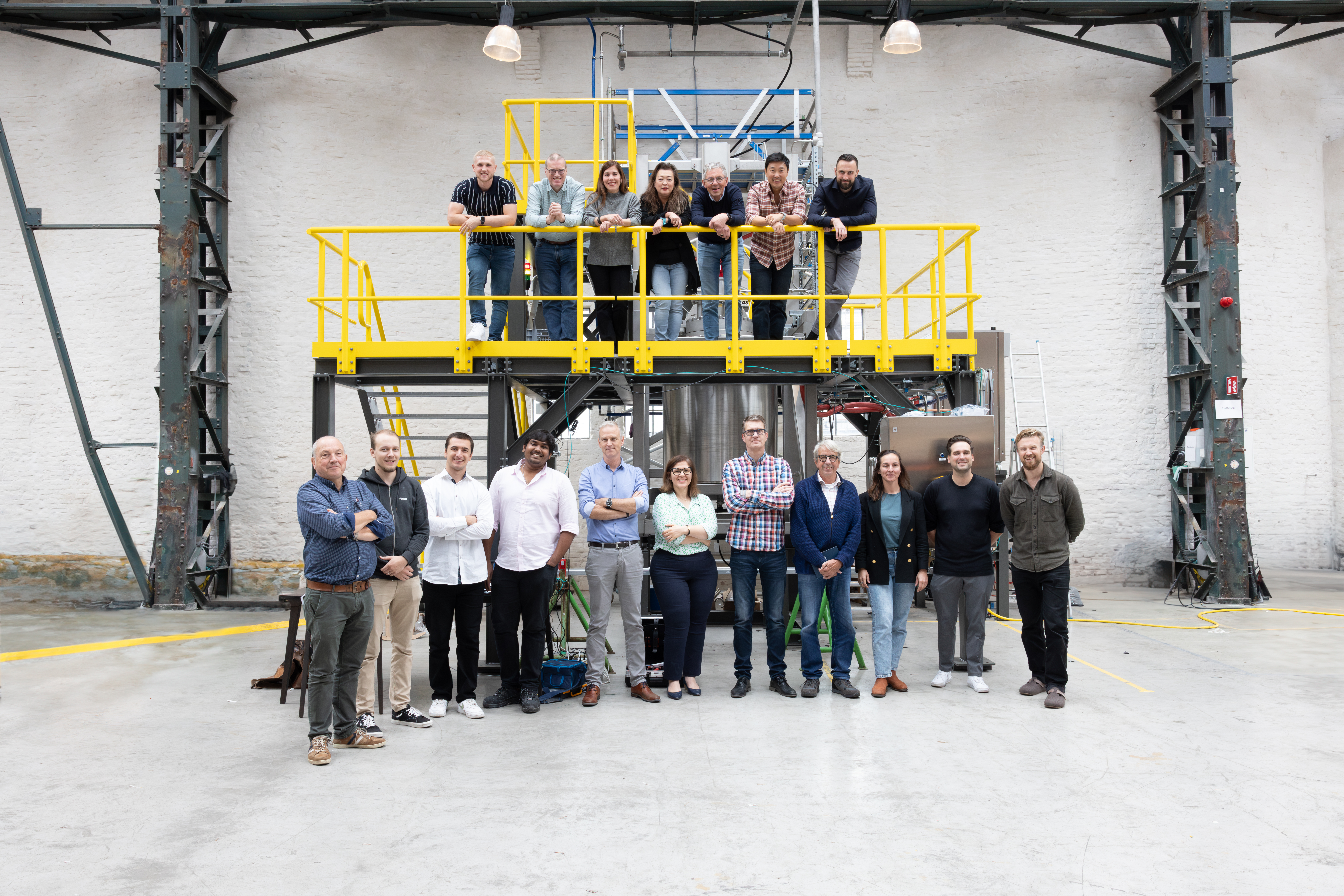
Industries use harmful chemicals and discharge them into waterbodies, which leads to severe water contamination. A new method developed by Researchers at the Chalmers University of Technology will prove beneficial in the purification of contaminated water by using a cellulose-based material. Countries with poor water management technologies trying to tackle toxic dye discharge from the textile industry will benefit from this discovery, said the university in a press release.
Though clean water is a prerequisite for our health and living environment, it is not accessible to the entire global population. According to the WHO, there are currently over two billion people living with limited or no access to clean water.
A group of researchers at the Chalmers University of Technology have attempted to address this global challenge by developing a method to easily remove pollutants from water. The group, led by Gunnar Westman, Associate Professor of Organic Chemistry, focuses on new uses for cellulose and wood-based products and is part of the Wallenberg Wood Science Center. The researchers have worked on the adsorption property of cellulose nanocrystals which contributes to water purification.
“We have taken a unique holistic approach to these cellulose nanocrystals, examining their properties and potential applications. We have now created a bio-based material, a form of cellulose powder with excellent purification properties that we can adapt and modify depending on the types of pollutants to be removed,” says Gunnar Westman.
Absorbs and breaks down toxins
As published in the Industrial & Engineering Chemistry Research journal, the research described the method used to filter out toxic dyes from wastewater. The research was conducted in collaboration with the Malaviya National Institute of Technology Jaipur in India, where dye pollutants in textile industry wastewater are a widespread problem.
The method does not involve the application of heat and pressure but simply relies on sunlight. “Imagine a simple purification system, like a portable box connected to the sewage pipe. As the contaminated water passes through the cellulose powder filter, the pollutants are absorbed, and the sunlight entering the treatment system causes them to break down quickly and efficiently. It is a cost-effective and simple system to set up and use, and we see that it could be of great benefit in countries that currently have poor or non-existent water treatment,” he said.
Testing in India
India faces a steep challenge to ensure the removal of toxic dyes from being discharged into the lakes, rivers, and streams by the textile industry. The severe contamination of these water bodies has hazardous effects on humans, animals, and plants. Water contaminants such as dyes and heavy metals can cause skin damage with direct contact and increase the risk of cancer and organ damage once they enter the food chain.
The researchers initially focused on the small-scale industries in India and achieved positive results with the implementation of this method. “Going from discharging completely untreated water to removing 80 percent of the pollutants is a huge improvement, and means significantly less destruction of nature and harm to humans,” said Gunnar Westman. He believed that by optimising pH level and treatment time of this method, the water can be further used for irrigation and drinking purposes.
Selected for you!
Innovation Origins is the European platform for innovation news. In addition to the many reports from our own editors in 15 European countries, we select the most important press releases from reliable sources. This way you can stay up to date on what is happening in the world of innovation. Are you or do you know an organization that should not be missing from our list of selected sources? Then report to our editorial team.





